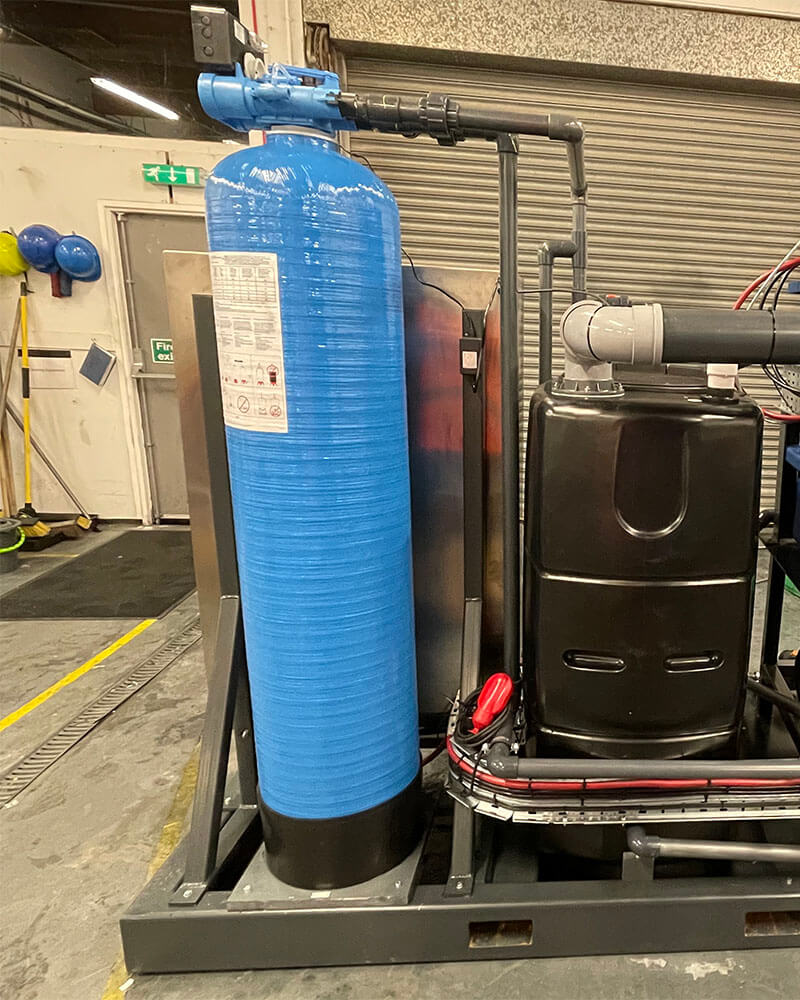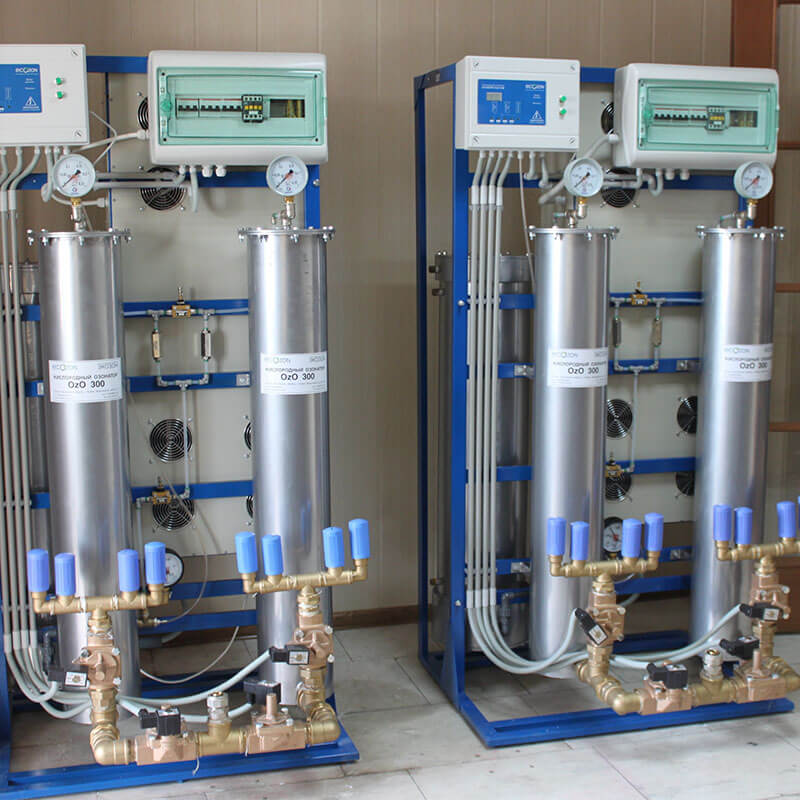In conclusion, triclosan poses significant environmental and health risks when it enters water sources. To address this, various methods for Triclosan removal have been developed, including reverse osmosis, adsorption, and oxidation. While each method has its advantages and disadvantages, the most cost-effective and eco-friendly solution is Arvia Technology’s Nyex Rosalox™. It provides an innovative approach to Triclosan removal and water purification.
It is crucial to reduce the environmental impact of Triclosan and similar pharmaceuticals in the environment by implementing effective treatment systems. By doing so, we can protect water resources and safeguard both human and environmental health.
For more information on the innovative range of Arvia water treatment systems, why not schedule a no-obligation call with one of our water scientists today?






